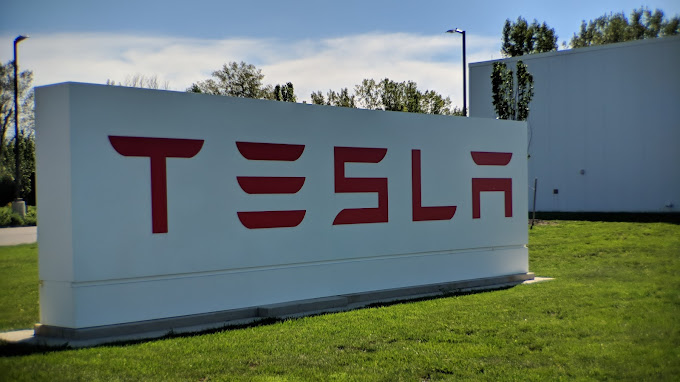Infineon: Recharged After Q2 Results, But Tariffs Still Loom
Infineon Technologies AG (IFX) has shown signs of stabilization in its Q2 FY2025 results, with revenue growth and a rebound in automotive demand offering a glimmer of hope. However, persistent headwinds—most notably tariff disputes and currency pressures—threaten to cap gains. Let’s dissect the numbers to determine whether Infineon’s recovery is durable enough to outweigh these risks.
Ask Aime: Is Infineon Technologies' Q2 FY2025 results a sign of market recovery?
Revenue: A Quarter of Growth, But Half-Year Struggles
Infineon’s Q2 revenue rose 5% sequentially to €3.59 billion, driven by strong demand in automotive (ATV), Green Industrial Power (GIP), and Connected Secure Systems (CSS) segments. This marks a positive shift from Q1’s weaker performance. However, the first half of FY2025 (HY1) still saw a 4% year-over-year decline to €7.33 billion, reflecting lingering challenges from price reductions and inventory corrections in industrial markets.
The automotive segment, which accounts for 52% of total revenue, was particularly telling. While HY1 ATV revenue dropped 6% year-over-year to €3.82 billion, Q2 demand growth suggests stabilization. Infineon’s CEO Jochen Hanebeck noted that order intake remains robust, with no visible slowdown in demand—though tariff-related uncertainty clouds the outlook.
Margins: Holding Steady Amid Pressure
Profit margins offer a mixed picture. The Segment Result Margin remained flat at 16.7% in Q2, thanks to cost discipline and productivity gains. However, adjusted gross margins dipped slightly to 40.9% from 41.1% in Q1, as price pressures and underutilized factories weighed on profitability.
The full-year outlook for margins was revised downward to the “mid-teens” range—down from prior guidance of “mid-to-high-teens”—due to currency headwinds and tariffs. Notably, the assumed exchange rate of €1 = $1.125 has worsened currency effects, compounding pressure on both revenue and margins.
Segment Spotlight: PSS Shines, GIP Struggles
- Power & Sensor Systems (PSS): This segment grew 8% in HY1 to €1.97 billion, fueled by AI-driven server and data center demand. The Segment Result margin expanded to 15.6%, up from 12.5% a year earlier, reflecting strong execution.
- Green Industrial Power (GIP): Revenue plummeted 23% to €737 million in HY1 due to inventory corrections and pricing pressures. Infineon expects GIP to recover in H2, but the path remains rocky.
Tariffs and Trade: The Elephant in the Room
The biggest overhang remains the 10% “haircut” Infineon has applied to its Q4 revenue forecasts due to unresolved tariff disputes. While order intake remains strong, geopolitical tensions and trade barriers could disrupt supply chains. Hanebeck emphasized that “conservative assumptions” are critical given these risks.
Cash Flow and Investments: A Conservative Approach
Infineon has trimmed capital expenditures to €2.3 billion for FY2025 (down from €2.5 billion) and now projects adjusted free cash flow at €1.6 billion, down slightly from prior estimates. While these cuts reflect caution, they also leave room for resilience if conditions worsen.
Conclusion: A Fragile Rebound, But Reasons to Stay Engaged
Infineon’s Q2 results suggest the semiconductor giant is navigating choppy waters with some success. The automotive rebound and PSS’s AI-driven growth are positives, and management’s cost-cutting “Step Up” program is proving effective. However, the 10% tariff-related haircut on Q4 revenue—and the potential for further headwinds—leaves the full-year outlook fragile.
Investors should focus on two key metrics:
1. Tariff Resolution Timeline: If disputes are resolved by late 2025, Infineon’s revenue could rebound sharply.
2. PSS Momentum: The segment’s 8% HY1 growth and expanding margins highlight a strategic shift toward high-margin markets like AI infrastructure.
While Infineon’s shares have underperformed peers like Texas Instruments (TXN) and STMicroelectronics (STM) over the past year, the stock’s current valuation—trading at ~10x FY2025 adjusted earnings—offers a margin of safety. However, with currency risks and geopolitical uncertainty, this is a “wait for clarity” story.
In short, Infineon’s Q2 results are a step forward, but the path to sustained recovery hinges on resolving trade disputes and sustaining demand in its high-growth segments. Stay alert, but stay engaged.



















